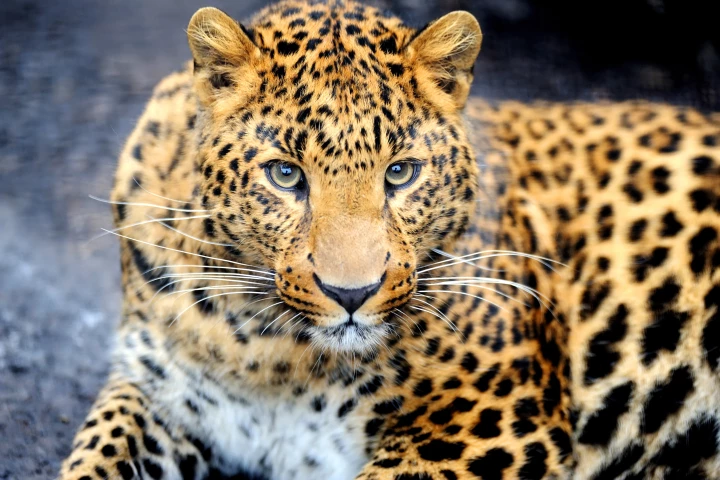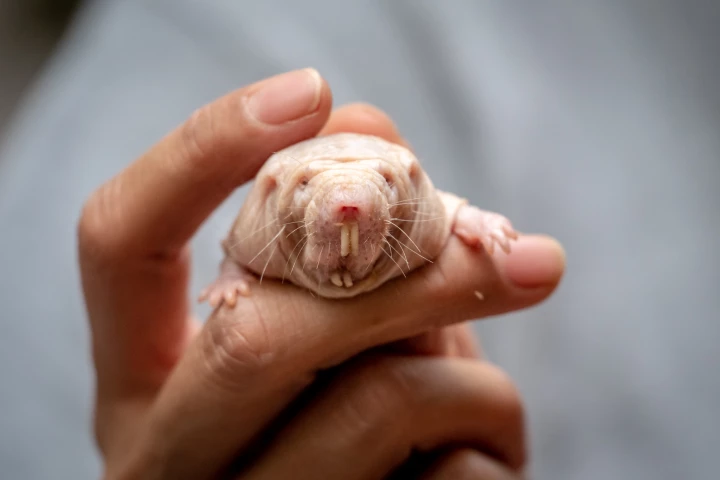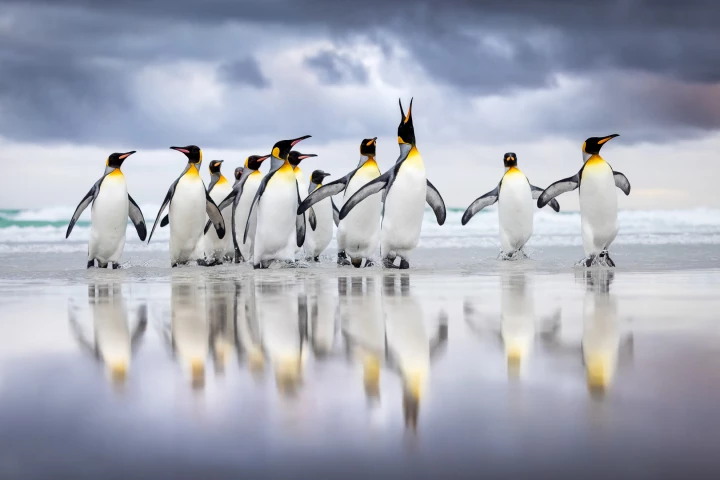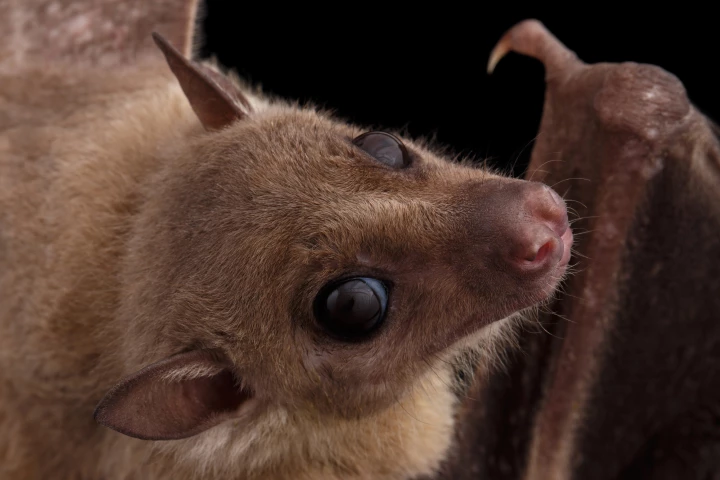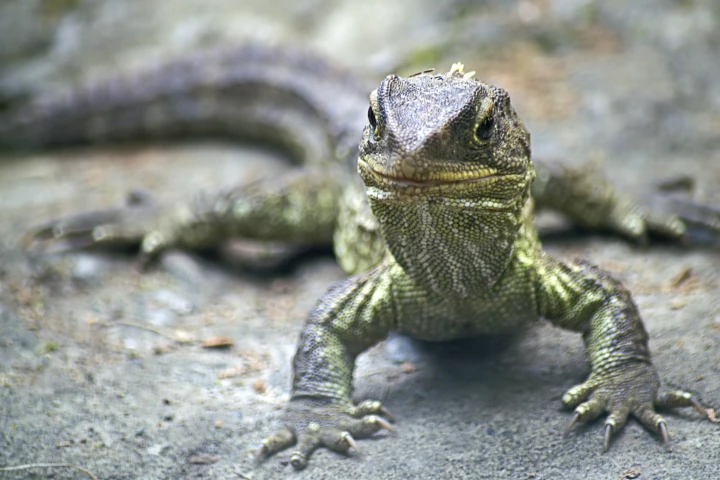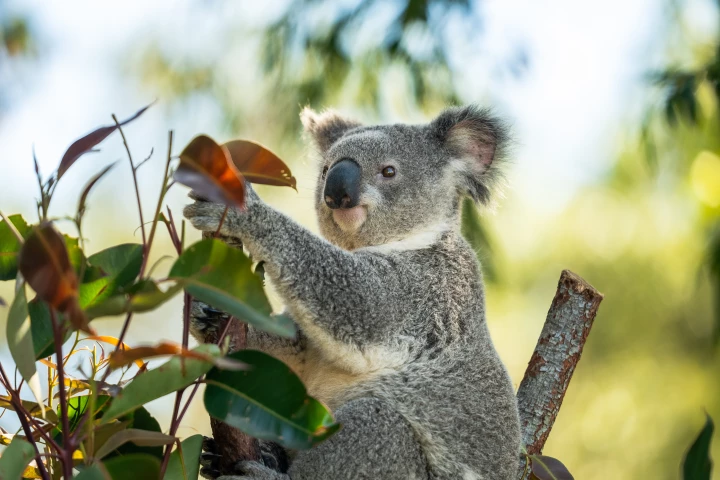Animal science
-
You won't find us endorsing aggression towards animals very often, however, scientists have discovered that raising your voice to seagulls – especially if you're male – will make them think twice about stealing your food. It's simply science.
-
Don't be fooled by that soft-looking down and pretty faces – woodpeckers are tough, tree-pounding beasts who simultaneous harden their whole bodies like a hammer and grunt as they drill away with force of up to 30 times their weight.
-
Deep underground in a dark, sulfuric cave, scientists have made an incredible discovery – a giant communal spider web spanning more than 1,000 square feet, home to an estimated 110,000 spiders that defy nature to coexist in harmony.
-
Spots and stripes serve many purposes in nature, but how they form has been more of a mystery. Now, researchers have advanced their breakthrough theory – and it could help us design materials that can respond to the environment and change color on demand.
-
What naked mole-rats lack in the looks department they make up for it in longevity, living healthily for nearly four decades. Now, scientists have found just how they repair their DNA – and it has the potential to be harnessed by humans to do the same.
-
This year’s Bird Photographer of the Year competition attracted more than 33,000 entries from across the globe, which ultimately delivered a 2025 winners’ list that captures the beauty, drama and diversity of winged wildlife at its best.
-
Following on from last year's 34th First Annual Ig Nobel Prize, the 35th First Annual Ig Nobel Prize night took place at Boston University this week, celebrating the joy of science: Real research with some delightfully sideways paths of investigation.
-
A skull found on a UK beach has rewritten the history of lizards, snakes and the tuatara, the last survivor of an ancient lineage found only in New Zealand today. The new species dates back 242 million years, making it the earliest known lepidosaur.
-
We don't fully understand why some people are more attractive to mosquitoes – it's a complicated web of physiological and bacterial factors, geography and species. But a new study suggests that some insects like to home in on the life of the party.
-
Australia's embattled koalas have been given some good news for once, with the approval of the world's first chlamydia vaccine. More than a decade in the making, a single jab will now protect koalas from the disease decimating their populations.
-
In the largest study of its kind, scientists have documented the seismic shift in animal size over the last 1,000 years, with domesticated species becoming larger as wildlife gets smaller. It underlines the impact of one species in particular – us.
-
Right now, groups of Icelanders are taking to the streets late at night, armed with cardboard boxes and torches, in search of the white bellies of baby puffins. This annual tradition has become one of the most fascinating rescue missions on the planet.
Load More



